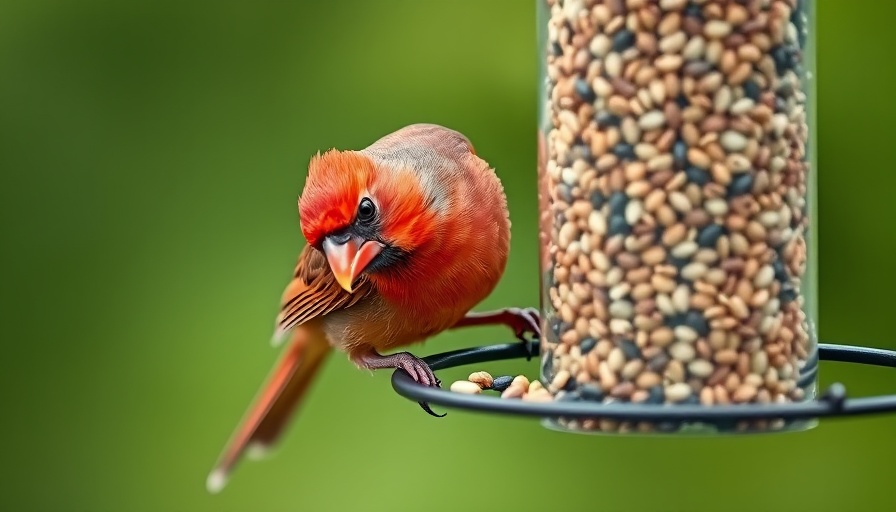
Welcoming Nature: The Joy of Backyard Bird Feeders
Have you ever thought about transforming your backyard into a lively haven for birds? By selecting the right bird feeder, you can create a front-row seat to nature’s enchanting display. This article dives into the best backyard bird feeders for beginners, making the process easy and enjoyable.
Why Bird Feeders Are Essential for Beginners
Many might wonder why feeding birds is so crucial? Think of it this way: inviting birds to your yard without a feeder is like hosting a party without snacks. Although birds may fly through your yard, a well-placed feeder turns your outdoor space into a bird buffet, attracting various species. Observation proves that once you set a feeder filled with quality seeds, local birds will discover it in no time—sometimes even in as little as 20 minutes!
Essential Bird Feeders to Get Started
So what should you choose? Here’s a quick rundown of bird feeders that are beginner-friendly:
- Hummingbird Feeders: These feeders require just sugar water, are visually appealing, and draw in lovely hummingbirds.
- Hopper Feeders: Known as the classic all-in-one option, they hold various seeds and allow for multiple bird types to partake.
- Tube Feeders: Perfect for finches, these feeders are cylindrical and can accommodate diverse seed types.
- Platform Feeders: An open invitation for a mix of birds, these work well in attracting ground feeders.
- Window Feeders: Ideal for those who want to enjoy birdwatching right from their homes—these feeders can attach directly to your windows.
The Quick Start Guide for Bird Feeder Success
Getting started is simpler than you might think. Here’s a straightforward checklist:
- Choose a feeder type—hopper or tube is great to start with.
- Fill it with black oil sunflower seeds, a favorite among birds.
- Install the feeder near trees for natural perching spots and escape routes.
- Clean the feeder weekly to prevent mold—no soap needed, just hot water!
- Be patient; it may take a few days for birds to find your feeder.
Common Pitfalls to Avoid
New bird watchers often overlook maintenance and placement. Make sure you regularly check your feeders to ensure they are clean and filled. Additionally, birds prefer feeders in sheltered spots but also visible enough to scout for predators. Avoid placing feeders near busy areas, as this can deter your feathered guests.
Final Thoughts: A Simple Step to Bird Watching
With a little preparation and thoughtfulness, you can attract and enjoy various backyard birds effortlessly. Don't overthink it; start simple and remain consistent. Happy birding!
 Add Row
Add Row  Add
Add 




Write A Comment